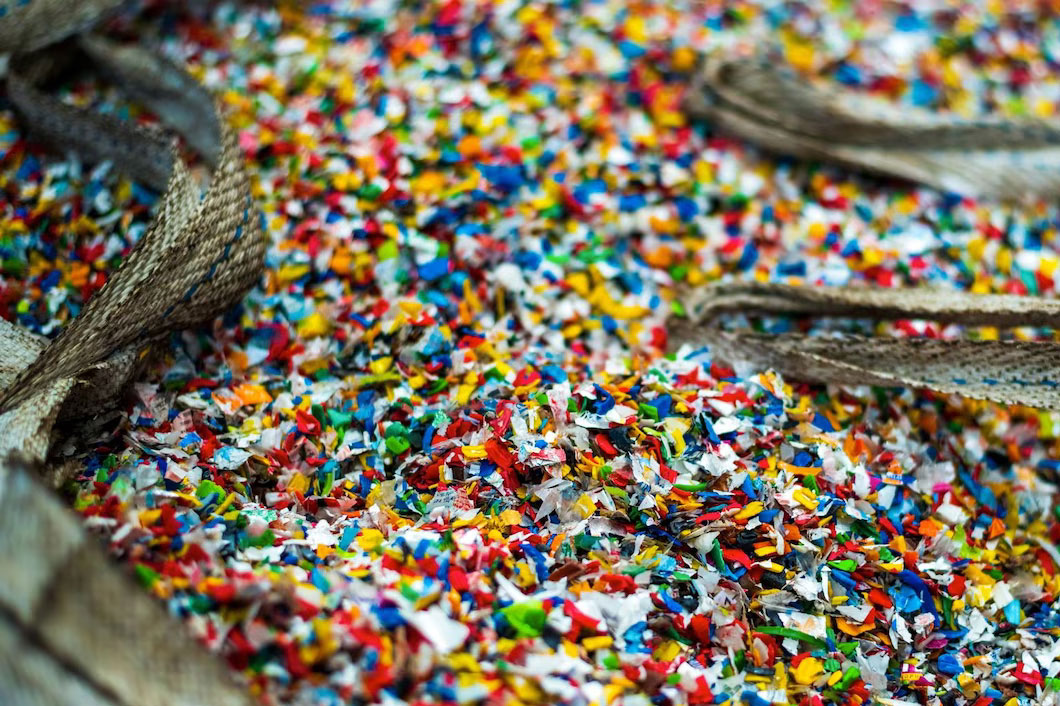
Plastics and Rubber Additives
Plastics and rubber additives play a pivotal role in enhancing the performance, durability, and versatility of these materials in a wide range of applications. These additives are chemical compounds or substances that are incorporated during the manufacturing process to modify the properties of plastics and rubber. Common additives include plasticizers, which increase flexibility and reduce brittleness; stabilizers, which protect against degradation from heat and UV radiation; fillers and reinforcements, which enhance strength and stiffness; and colorants, which provide visual appeal. Additionally, flame retardants, antioxidants, and anti-static agents are among the various additives used to meet specific performance requirements. By carefully selecting and proportioning these additives, manufacturers can tailor the characteristics of plastics and rubber to meet the demands of industries such as automotive, construction, packaging, and electronics, contributing to the advancement of modern technology and everyday convenience. However, the environmental impact of some additives, particularly in plastics, has raised concerns, leading to ongoing research and development efforts aimed at creating more sustainable alternatives.
- Textile and Leather Chemicals
- Internal and external Lubricants
- Flame retardants , Biodegradable additives
- Blowing Agents
- Elastomers, Curing Agents, accelerators
- Fillers and Colorants
- Latex products
- Plasticizers
- Antioxidants, UV Absorbers and stabilizers
- Processing Aids and Impact modifiers
- Anti-static Agents
- Polymer stabilizers and Heat Stabilizers
- Vulcanization additives

